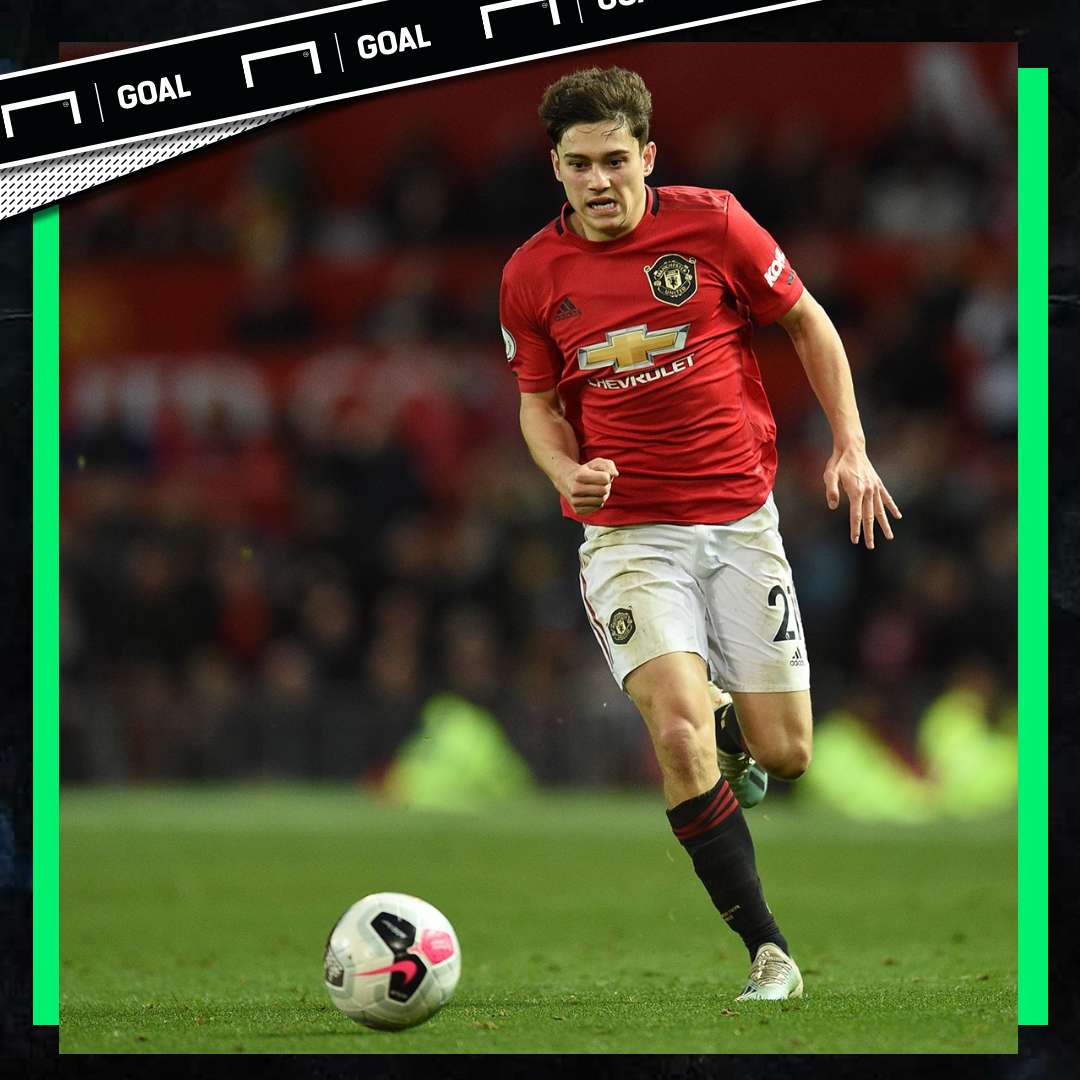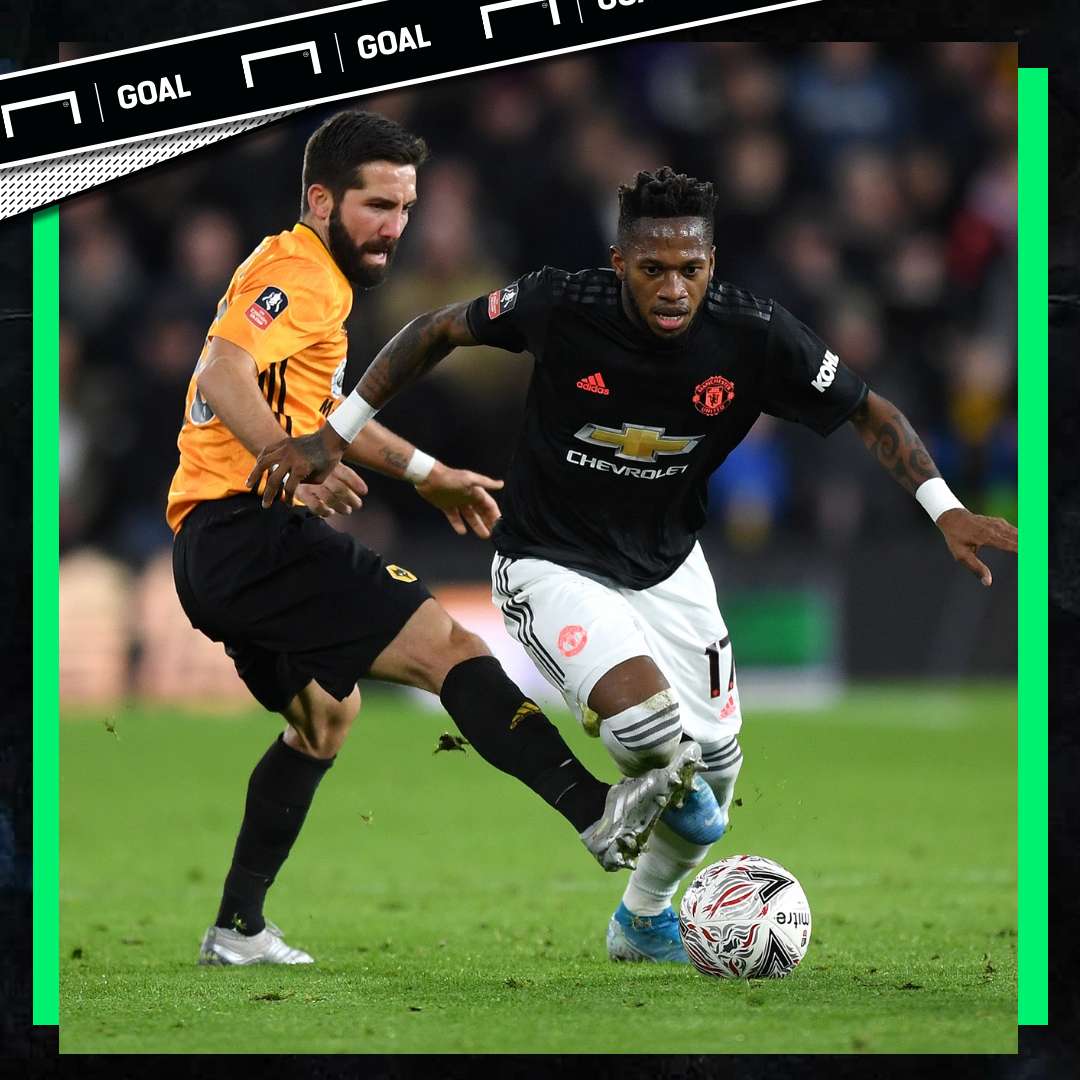In ordinary circumstances there would be no reason to assume that a team on a 12-match winning streak could fail to beat opponents 27 points below them in the Premier League table.
However, there is something about the north-west derby that defies the easy narrative.
In February last year, Manchester United took an unlikely point at home in a match that, in hindsight, cost Liverpool the title.
Back in October, Ole Gunnar Solskjaer’s side came pretty close to outfoxing Jurgen Klopp.
It would be naive to assume the hosts will romp to victory on Sunday, no matter that United struggle to score goals while Liverpool have conceded only once in nine games in all competitions – and no matter that even the most biased United supporter would admit a combined XI would be embarrassingly one-sided.
This game doesn’t often follow the script. More importantly, United's focus on counterattacking speed might just make them the perfect side to finally expose Liverpool’s high line and flying full-backs.
But before we get onto the tactical match-up on Sunday, it is worth reminding ourselves of exactly how Solskjaer achieved what no other Premier League manager has done in 2019-20 – take points off the league leaders.
United lined up in a surprise 3-4-1-2 formation with Marcus Rashford and Daniel James playing as split strikers, making runs into the channels on either side of Liverpool’s centre-backs.
Using wing-backs meant the hosts managed to stretch Klopp’s back four wider than they would have liked, in turn creating pockets between full-back and centre-back for James and Rashford to utilise. For most of the match, it worked superbly.
Defensively, it meant United had three-on-three against the Liverpool forwards, allowing wing-backs Aaron Wan-Bissaka and Ashley Young to get tight to Andrew Robertson and Trent Alexander-Arnold when necessary.
 Getty/Goal
Getty/Goal
Solskjaer’s formation, heavily influenced by Sheffield United’s unlucky 1-0 defeat to Liverpool a fortnight before, worked a treat – until they began to wane in the final 30 minutes.
They gradually retreated, with Andreas Pereira dropping into midfield and the wing-backs flattening to form a 5-3-2 that left too much space on the flanks. Liverpool began to dominate and Solskjaer went yet more cautious, isolating Rashford at the top of a too-narrow 5-4-1.
Adam Lallana’s 85th-minute equaliser – a scrappy tap-in following a low Robertson cross – was the inevitable result of United tripping over themselves with bodies in the box.
If United are to hurt Liverpool on Sunday, Solskjaer should do much the same at Anfield, again using a variation of the 3-4-1-2.
Rashford might miss the game through injury and that could mean Anthony Martial and James up front. Or Solskjaer might go for more of a 3-4-3, with James and Jesse Lingard providing pace behind Martial.
Either way, the main goal this time is to be braver, avoiding the urge to drop deep into their own third as the minutes tick by.
But leaving the reverse fixture to one side, the advantage United clearly have is speed in attack – and a reactive strategy to utilise it. They have won 14 points from eight games against the 'Big Six' plus Leicester this season, reflecting a tactical strategy that relies heavily on the other team holding the majority of the ball.
Solskjaer fails to teach in-depth attacking moves in training, which coupled with ambling central midfielders and a general malaise through the core of the team means the players are left to improvise in possession. Consequently, it is very easy for opponents to sit deep and frustrate United.
However, what it does mean is that United come into their own when allowed to sit back.
Martial and James can break with speed behind Liverpool’s high full-backs, particularly if Fred is able to weave away from the initial Liverpool press and spread the ball out wide.
His improved performances have been one of the few highlights of the season. With Fabinho unlikely to be fit enough to start, Liverpool could be left open in the transitions and Fred – if at the top of his game – could feed United’s forwards into a wide-open Reds half.
 Getty/Goal
Getty/Goal
It’s a vague plan, and yet the chances of success are relatively high, given United’s defence is well organised and Liverpool are prone to playing the United badge rather than what’s in front of them.
Klopp will likely be more cautious than usual, keeping the Liverpool shape deeper – and more risk-averse – through fear the occasion itself may leave his players vulnerable.
And so it could be a low-scoring, nervy game, although Klopp is unlikely to accept the draw should it wear on at 0-0.
To truly counter-act the United threat, he will look to target the visitors’ most obvious weak point: left-back Brandon Williams.
The 19-year-old has done a decent job deputising for the injured Luke Shaw but his positional play, and strength in the tackle, is a chink in United’s armour.
Mohamed Salah will certainly fancy his chances of running directly at Williams. Don’t be surprised if Klopp instructs Liverpool to lean heavily to the right, as Sadio Mane faces a formidable task of getting past Wan-Bissaka on the other flank. The former Crystal Palace defender is the best tackler in the country.
Then again, to fear United’s pace out wide is to fall directly into the trap that denied Liverpool victory in the 0-0 draw last February. The hosts should not be scared of a team vastly inferior to themselves.
If Liverpool play with the purpose and energy we have come to expect, then they should be first to every loose ball and sharper in the tackle, creating a swarming presence in midfield that pushes United back and – however long it takes – eventually forces a winning goal.
United under Solskjaer are yet to be beaten by Liverpool. For all the problems Klopp’s team have against a five-man defence, for all the resolve Harry Maguire gives United, for all the threat Martial poses, that fact has more to do with Liverpool’s derby-day mentality than tactical prowess.
One suspects Klopp, and his players, have learnt their lesson by now.




